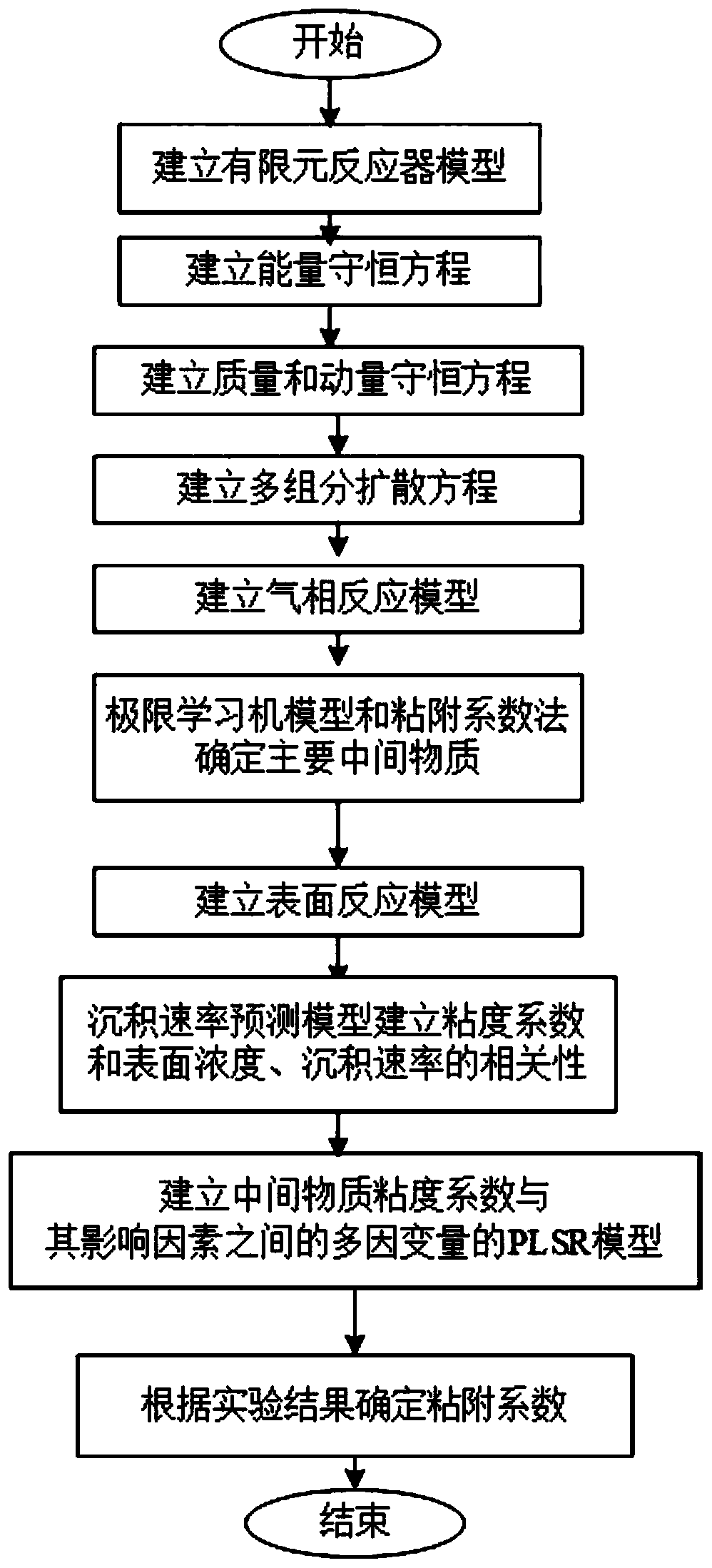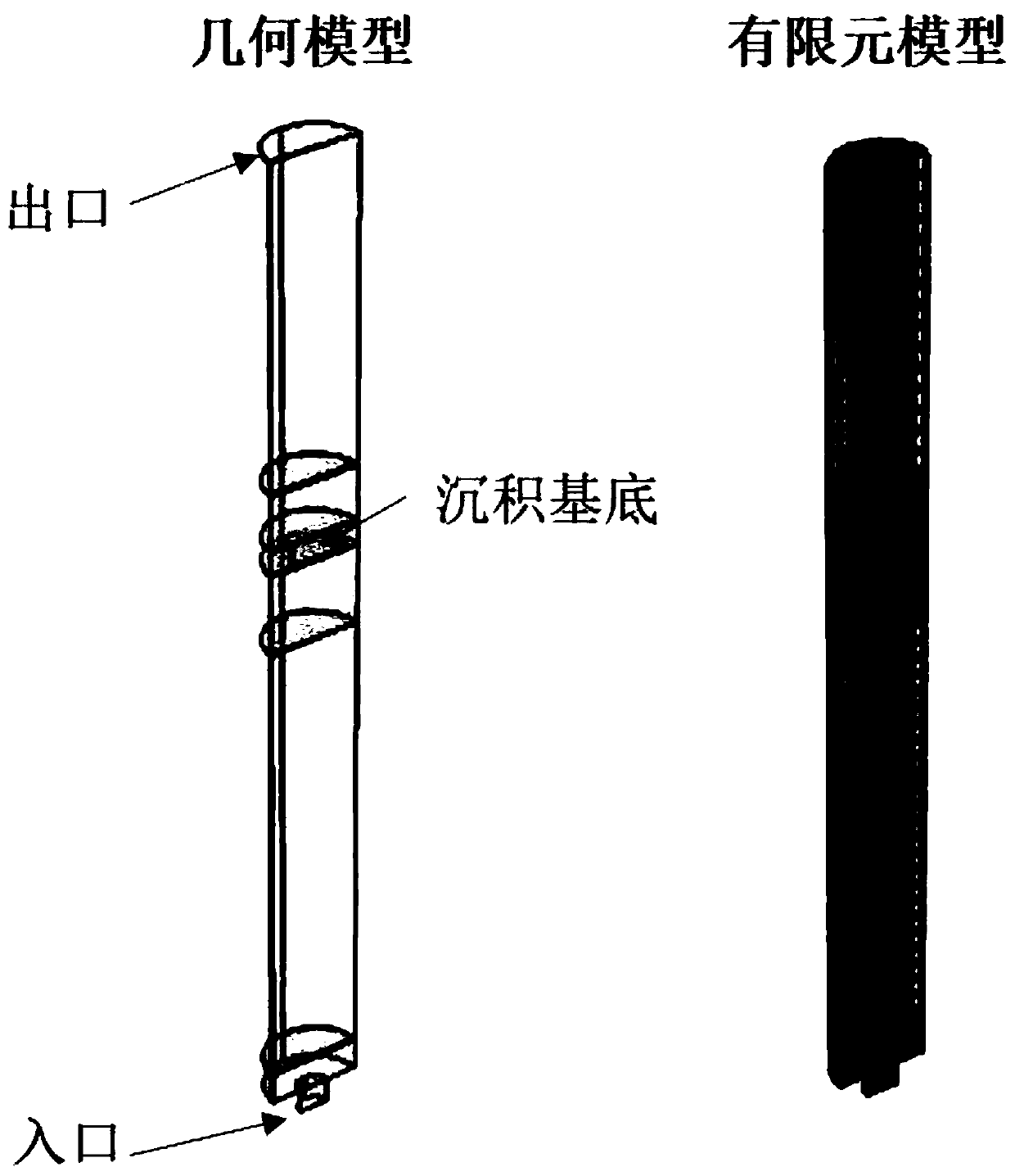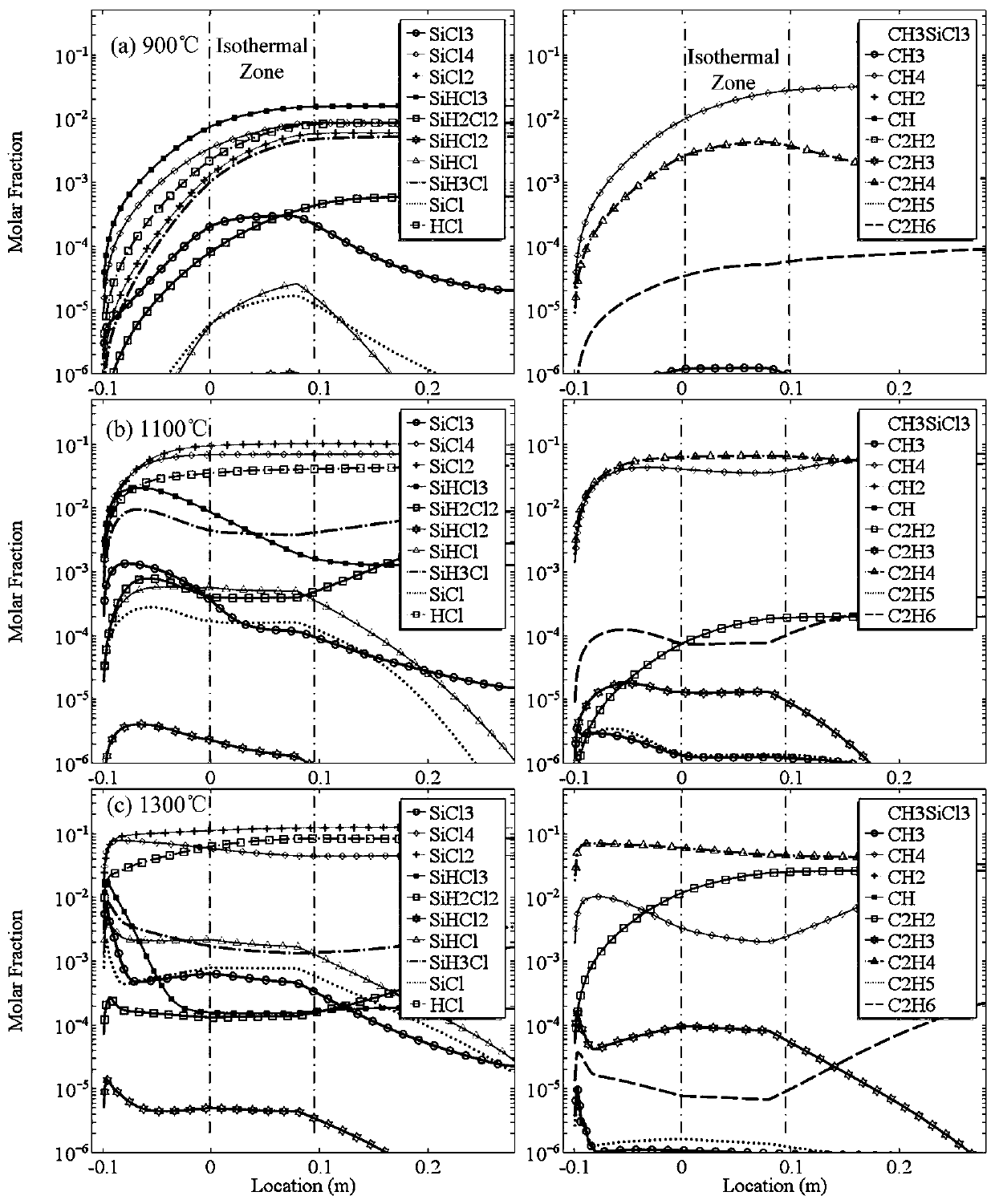Chemical vapor deposition rate prediction method
A technology of chemical vapor deposition and prediction method, which is applied in the field of chemical vapor deposition rate prediction, and can solve the problems of poor model universality and large error.
- Summary
- Abstract
- Description
- Claims
- Application Information
AI Technical Summary
Problems solved by technology
Method used
Image
Examples
Embodiment Construction
[0070] The following will clearly and completely describe the technical solutions in the embodiments of the present invention with reference to the accompanying drawings in the embodiments of the present invention. Obviously, the described embodiments are only part of the embodiments of the present invention, not all of them. Based on the embodiments of the present invention, all other embodiments obtained by persons of ordinary skill in the art without making creative efforts belong to the protection scope of the present invention.
[0071] according to figure 1 A chemical vapor deposition rate prediction method is shown, and the specific prediction method is as follows:
[0072] S1. Establish a finite element reactor model: simulate the reactor as a three-dimensional cylinder model according to the experimental conditions, then cut and divide the reactor into reactor cavity, air inlet and deposition base, and cut the cylinder in order to reduce the amount of calculation, on...
PUM
 Login to View More
Login to View More Abstract
Description
Claims
Application Information
 Login to View More
Login to View More - R&D
- Intellectual Property
- Life Sciences
- Materials
- Tech Scout
- Unparalleled Data Quality
- Higher Quality Content
- 60% Fewer Hallucinations
Browse by: Latest US Patents, China's latest patents, Technical Efficacy Thesaurus, Application Domain, Technology Topic, Popular Technical Reports.
© 2025 PatSnap. All rights reserved.Legal|Privacy policy|Modern Slavery Act Transparency Statement|Sitemap|About US| Contact US: help@patsnap.com



